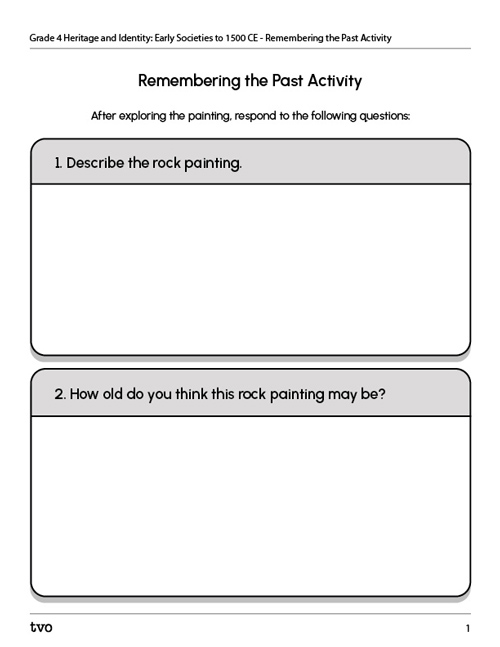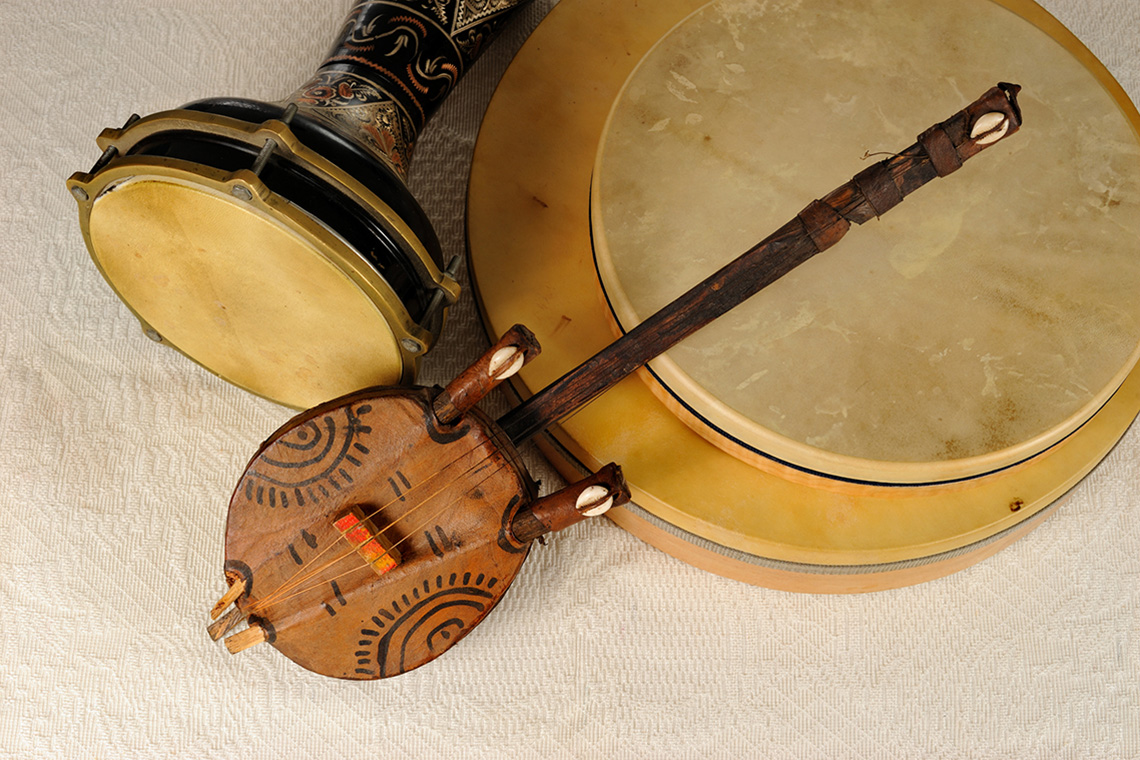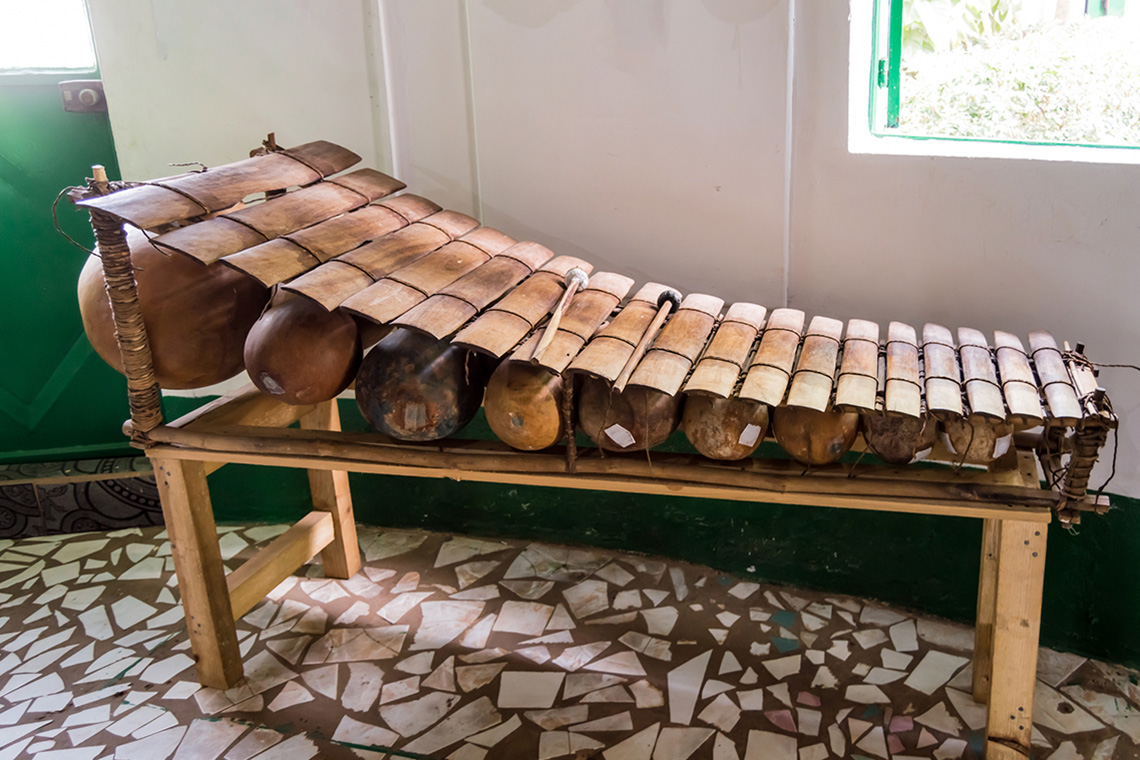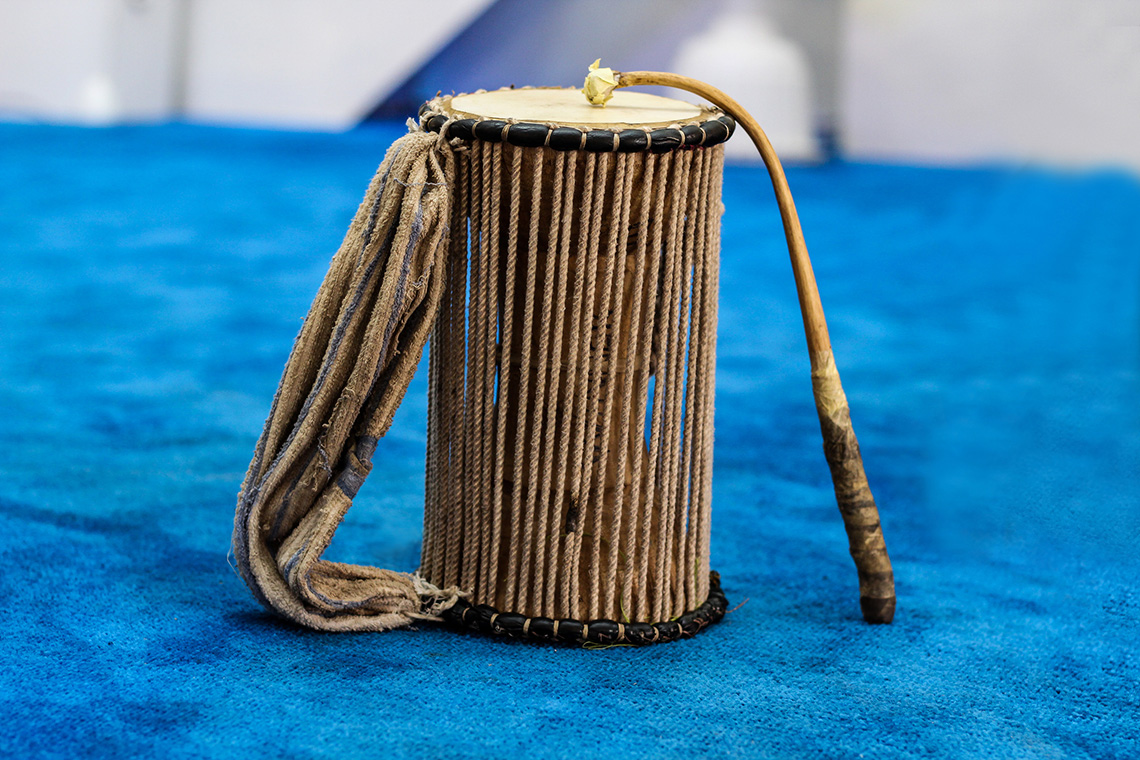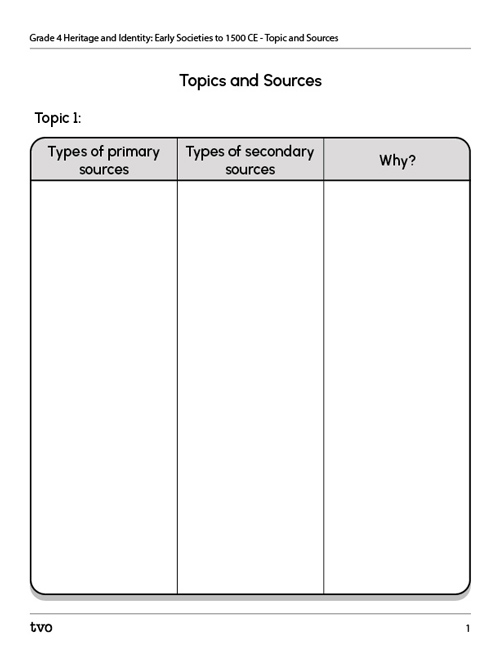Minds On
How is the past remembered?
Let’s explore the following rock painting:
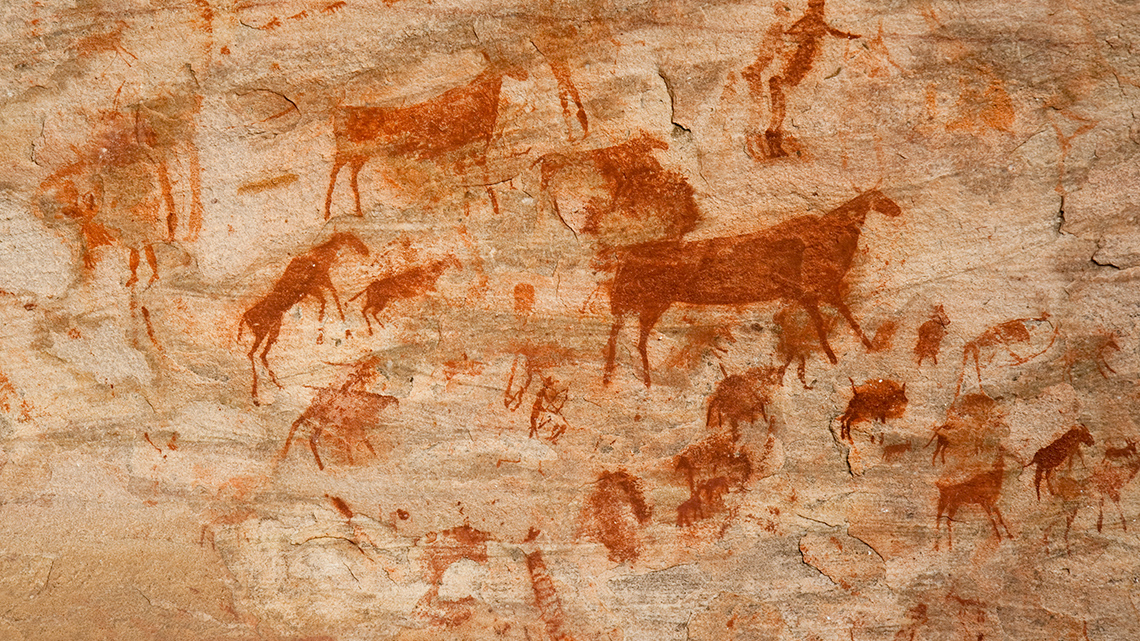
Brainstorm
What do you think?
After exploring the painting, respond to the following questions:
- How can you describe the rock painting?
- How old do you think this rock painting may be?
- What do you think the rock painting can tell us about the past?
Complete the Remembering the Past Activity. You can record your ideas orally, digitally, in print, or in a method of your choice.
Press ‘Let’s check!’ to access details about the painting.
Action
Types of sources

When we study the past, we use sources to understand what happened.
What are sources?
There are many different types of sources, which may include books, rock paintings, dwellings/homes, stories, bones, songs, photographs, gravestones, postcards, artifacts, and much more.
There are two categories of sources: primary sources and secondary sources.
Press the following tabs to learn about what primary sources are.
 For example, Ibn Battuta shares the story of his travels through Africa, Asia, and
Europe. His travels provide information about the Mali Empire in the 14th century,
as well as other kingdoms and empires.
For example, Ibn Battuta shares the story of his travels through Africa, Asia, and
Europe. His travels provide information about the Mali Empire in the 14th century,
as well as other kingdoms and empires.

Ibn Battuta has travelled through many different routes all across Europe, Africa, and Asia. From 1325 to 1327, Ibn travelled east to northern Africa, Central Arabia, Iran, and through Turkey. From 1330 to 1332, he then travelled more around Arabia, on the coast of the Arabian Sea, and on the east coast of southern Africa, near Kenya. From 1332-1346, Ibn travelled through Europe, in countries like Turkey, and Iran. He continued his travels through South Asia on the western coast of India, to the Bay of Bengal, and to the Southern China Sea, while exploring the east coast of China. From 1349 to 1353, he started his travel in Spain, then went south into Africa, around the outskirts of Mali.
Press the following tabs to learn about what secondary sources are.
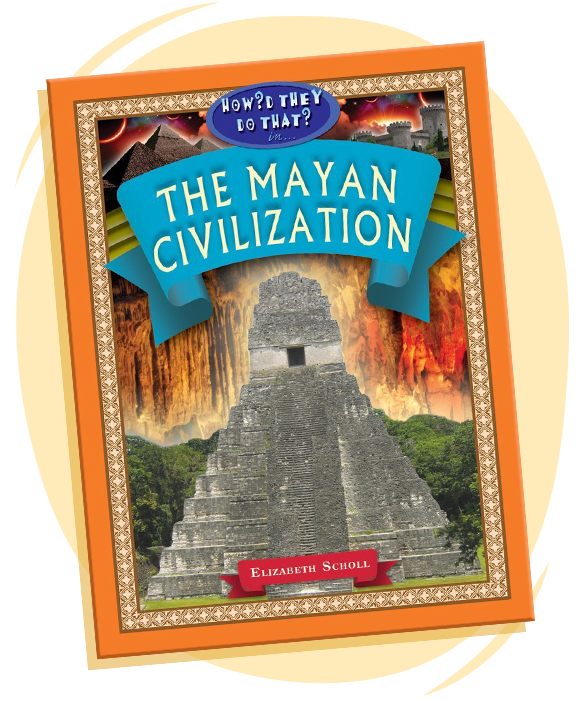
Primary sources
Let’s explore some different types of primary sources that can be used to investigate past events.
For each source you explore, think of one question you could ask about the society from that time period.
Press ‘Examples’ to access possible questions you could ask yourself.
- What was the painting made from?
- Where was this cave?
- How many people lived here?
- Why was this picture taken?
- What animals were present in the environment?
- What did people wear?
- What type of activities were performed?
Record your ideas orally, digitally, in print, or in a method of your choice.
Press the following tabs to access information about the different types of primary sources.
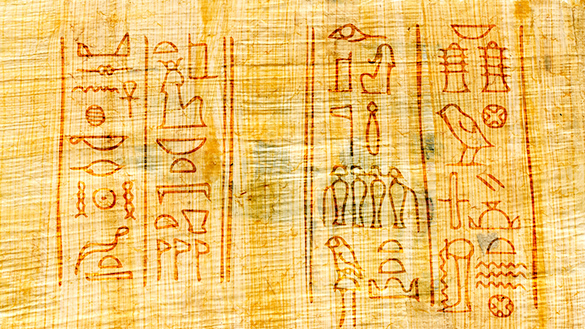
Writing can be used to learn about things that happened in the past. A long time ago, people made rules and laws that were written down on paper. In the image, you will notice different pictures and symbols. These are called “hieroglyphics” and they were used in Ancient Egypt.
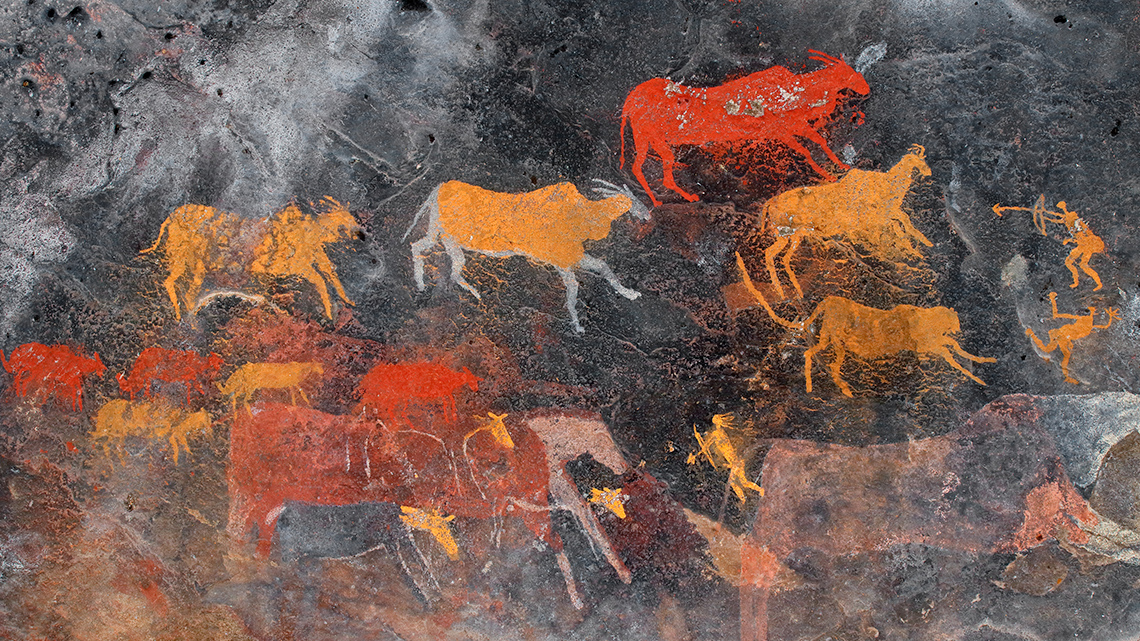
Archaeology is when we explore old things to learn about what people were like and how they lived a long time ago. We can learn about what happened in the past by looking at old buildings or items, like tools. Sometimes, these old things are dug up from the ground.
In the image, there is a castle in Ethiopia. It was built a very long time ago by a person called Emperor Fasilides.
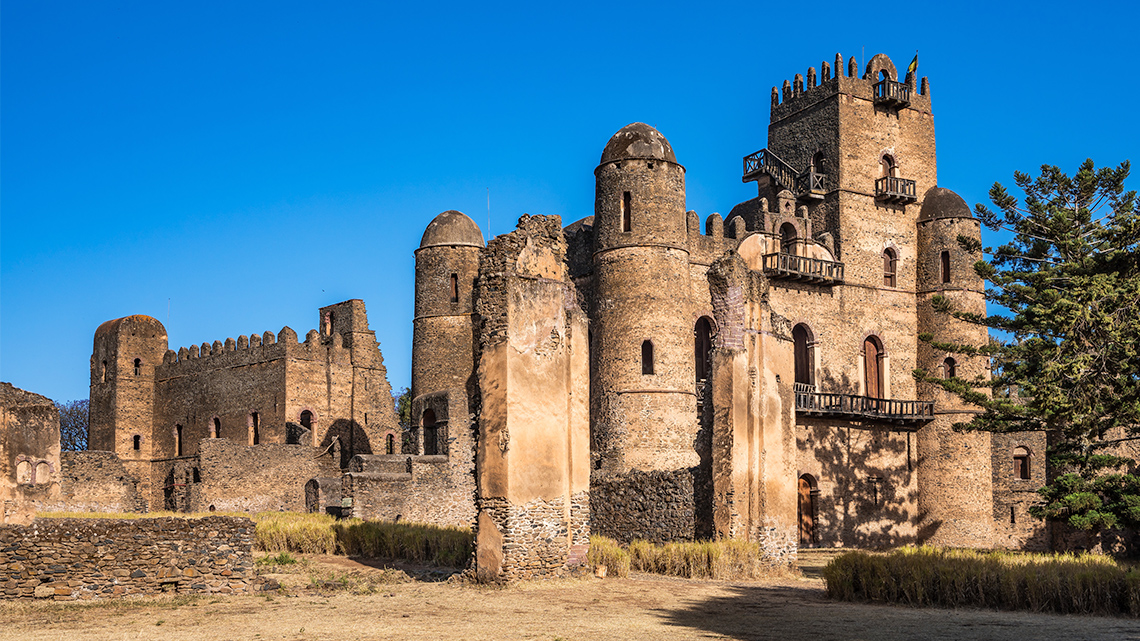
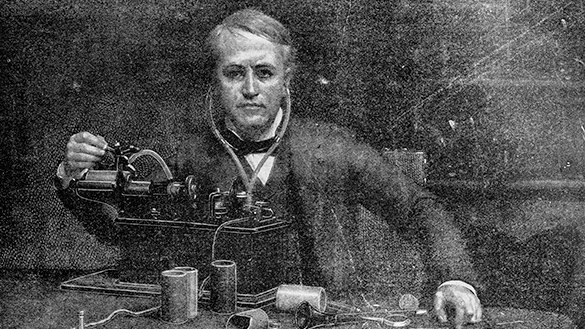
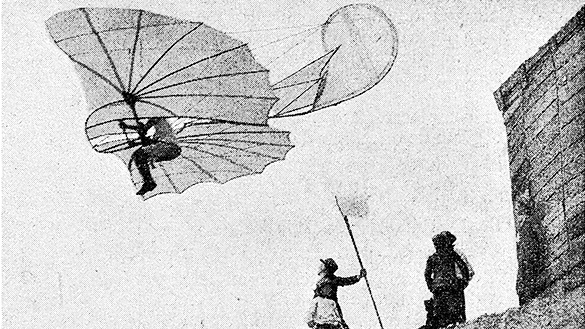
Photographs are pictures that can show us things that are happening right now, or things that happened a long time ago. When we explore pictures, we might see objects or buildings that we cannot see in real life. Pictures can help us learn about the past, including people, events, and places.
Learning check!
Select the correct answer, then press ‘Check Answer’ to see how you did.
Oral traditions or storytelling
We can learn about things that happened a long time ago when people share stories. These stories are called “oral tradition” or “storytelling.”
In many places around the world, people tell stories to remember what happened in their past and share with others.
Let’s begin by exploring how people in different places of the world share their stories.
Storytelling in the Mali Empire
Student Tips
Did you know?
An empire has one ruler that makes all the decisions for the people of that society.

The Mali Empire was a kingdom in West Africa a long time ago, in the 1200s to 1500s. A “Griot” (boy) or “Griotte” (girl) was a special person who told stories, sang songs, and shared history. They made sure that everyone knew what happened in the Mali Empire and people kept telling this story to pass it on.
If parents were storytellers, then often their children would be too. They would learn how to tell stories from a young age so that when they grew up, they could be storytellers.
Stories were usually shared about battles, people, and big events that happened in the Mali Empire. Storytellers would travel around the kingdom and use songs, instruments, and stories to share what was happening.
Explore some of the instruments they used in the following carousel of images.
Select the correct answer, then press “Check Answer” to see how you did.
Indigenous communities in Canada
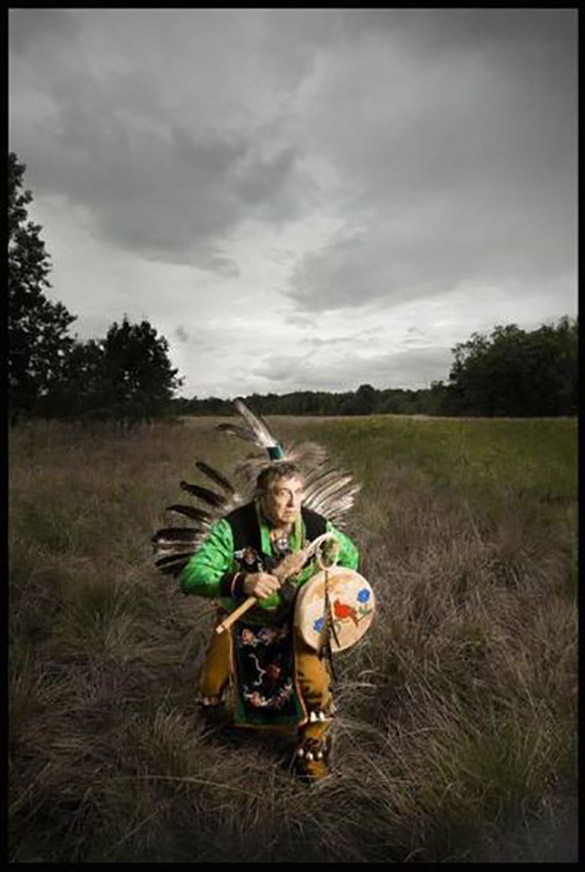
In Indigenous communities in Canada there are elders and knowledge keepers.
Press ‘Definition’ to access the definitions of elders and knowledge keeprs.
Elders: An elder can be a man or woman who knows a lot about culture and life and is very special to their community. Sometimes people in the community go to their Elder for advice or help.
Knowledge Keepers: A traditional teacher who knows a lot about traditions, teachings, and practices that helps their community.
Elders and knowledge keepers tell stories to teach others about their history, traditions, and culture. Each community has its own special story, called a “creation story,” that explains how the world and its people were created. These stories are passed down from one person to another through storytelling. These stories help us understand Indigenous communities across Canada.
Begin by exploring a Haudensaunee creation story called “Sky Woman” as it is told by Mohawk Storyteller, Kay Olan.
Sky Woman
"Haudenosaunee Creation Story" – Retold by Mohawk storyteller, Kay Olan
Select the correct answer, then press “Check Answer” to see how you did.
How did the environment affect primary sources?

It is important to note that the environment affected the types of sources left behind by all societies.
For example:
- The types of buildings that were built at certain times were based on available materials.
- Animals that were hunted depended on the environment in that location.
- Some nomadic cultures preferred storytelling to writing their histories down, because of their frequent movements from place to place.
- The materials that were available for written documents and paintings depended on the environment of the area.
- The instruments that were played were created by materials from the environment.
Student Tips
Did you know?
Nomadic cultures are societies that do not have permanent homes.
Secondary sources
Let’s explore a few different types of secondary sources that can be used to investigate past events.
For each source you explore, think of one question you could ask about the society from that time period.
Press ‘Examples’ to access possible questions you could ask yourself.
- When searching for information, which do you prefer – hardcopy or e-book format? Why?
- What are the benefits and/or challenges of using a podcast compared to a book as a source?
- How can including works of historical fiction make research more exciting?
- How often do you use documentary films to understand the past?
Record your ideas orally, digitally, in print, or in a method of your choice.
Press the arrow buttons below to define secondary sources.
We use secondary sources like books and articles to understand what happened in the past. Books can be in print, digital, and/or e-book format. Articles can be published in print or as digital newspapers, journals, and other formats.



A podcast is an audio program that usually has a specific theme. A podcast is a secondary source when it provides information about a specific person, event, or time. However, it can also be a primary source if a person who lived through the event or time period is the one speaking or being interviewed about their experience.
Books that are called “historical fiction” can help us understand what happened in the past. These books put fictional (not real) characters into real events that happened a long time ago. When we read these books, we can learn about what happened in the past and what it was like for people during that time.
It is important that we do other research along with historical fiction to make sure we understand what really happened.
Things Fall Apart by author Chinua Achebe is an example of historical fiction that tells a story about the Indigenous people in Nigeria and how they lost their land. Explore the following book cover and reflect on how historical fiction may make researching more exciting.
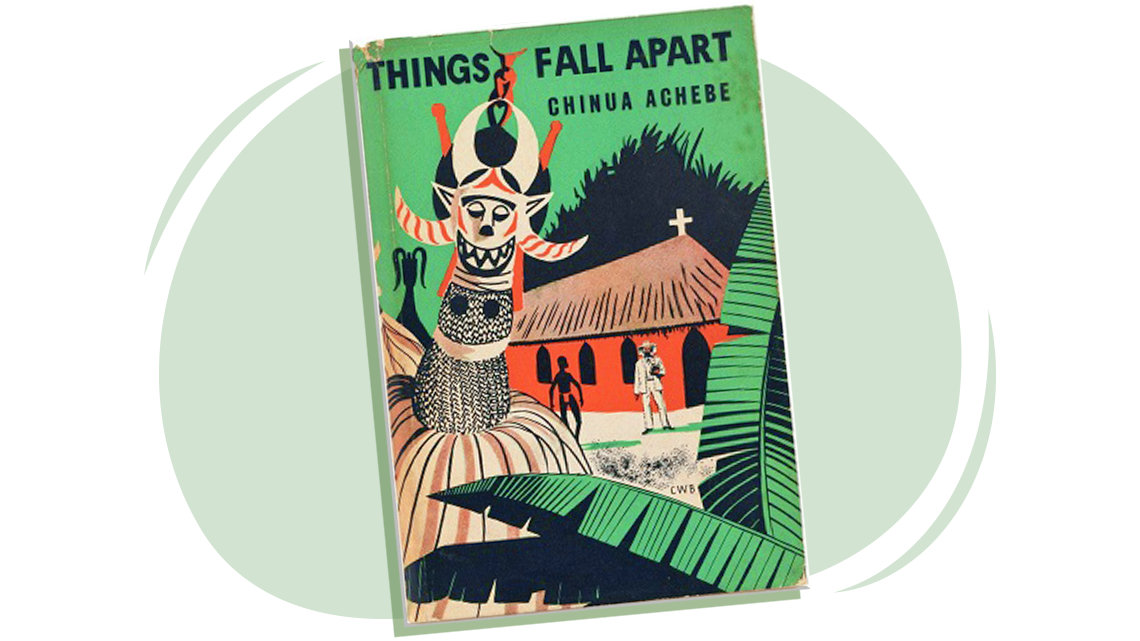

There are two types of films that can be used to explore history.
- Documentary Films tell us about things that really happened. The people who make these rely on different sources (books, interviews, articles) so they get all parts of the story. They often talk to people who were really there and lived through the experience.
- Fictional Films, similar to fictional books, add made-up characters to real events to tell the story of what happened.
Learning check!
For each sentence, select the missing word.
Consolidation
What type of source Is It?

Complete the What Type of Source Is It? activity. Record your ideas orally, digitally, in print, or in a method of your choice.
Use the word bank to match the following sources as primary sources or secondary sources.
|
Primary Sources |
Secondary Sources |
|---|---|
| Word Bank | |
|
|
Press the ‘Activity’ button to access the What Type of Source Is It?
Topics and sources
What type of sources should be used to research a certain topic?
For this learning activity, let’s explore the following instructions:
- Select three topics from the following list that you find interesting.
Topic
- Haudenosaunee societies’ locations
- Ancient India government systems
- Polynesian culture
- The ruins of Ancient Aksum
- The pyramids of Ancient Egypt
- The laws of the Mali Empire
- Inuit technologies
- Inca roles in society
- Aztec celebrations
- For each topic, decide what type of primary and secondary sources could be used to help you gather information.
|
Primary Sources |
Secondary Sources |
|---|---|
|
Rock paintings Photographs Storytelling Interviews Written documents |
History books Films Podcasts Historical fiction Articles Documentaries Fictional movies |
- Explain your choices and record your response.
Complete the Topics and Sources activity in the following fillable and printable document, or in a method of your choice.
Reflection
As you read through these descriptions, which sentence best describes how you are feeling about your understanding of this learning activity? Press the button that is beside this sentence.
I feel...
Now, record your ideas using a voice recorder, speech-to-text, or writing tool.
